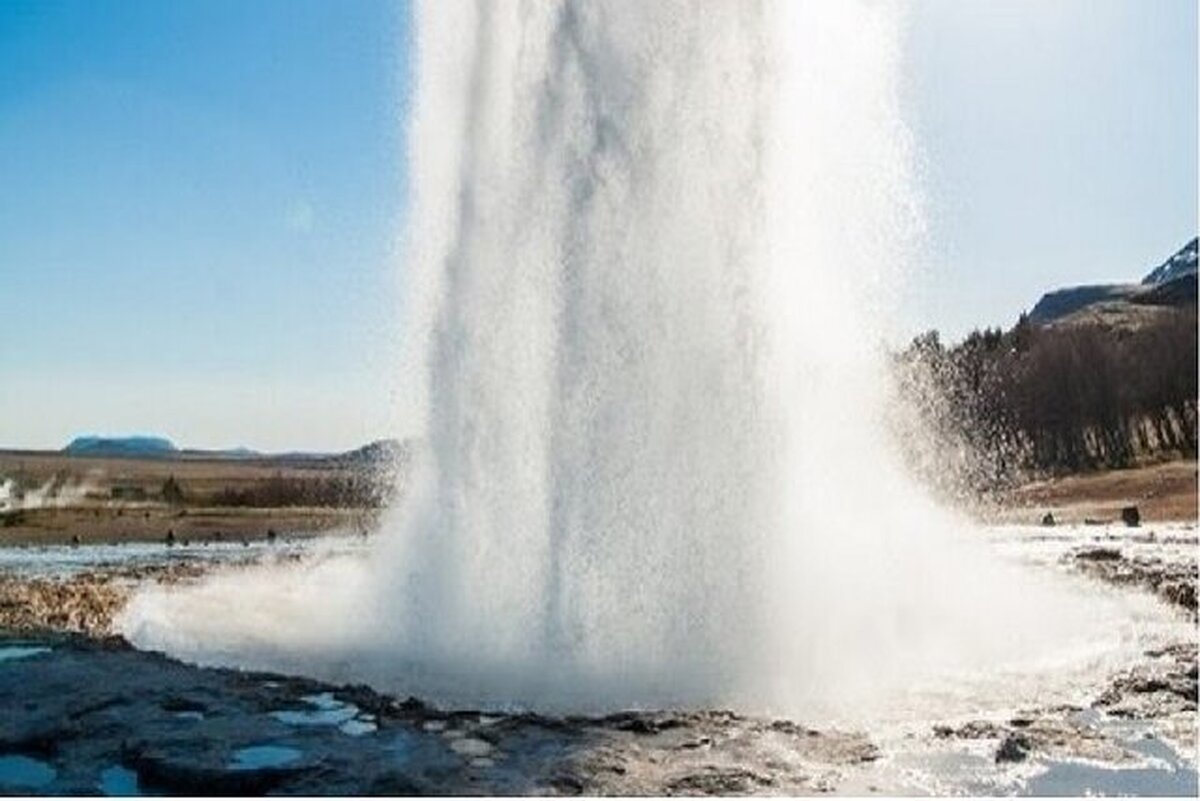Supplying Deepwater to Thirsty Zahedan with Help of Knowledge-Based Technology

Desalination of water in the ultra-deep water well No. 3 of in Sistan and Baluchistan in the Southeastern part of Iran using the combined technology of reverse osmosis and electrodialysis is one of the achievements obtained by one of the knowledge-based companies in the country. Through which it could meet the need for drinking water partly in the thirsty province amid the current water shortages.
The need for sustainable water resources in the Eastern provinces in Iran highlighted the necessity of extracting deep water as a solution for water supply in the current water shortage crisis. Subsequently, geological and geophysical studies of the subsurface were carried out in the last few years by drilling ultradeep wells.
So far, 3 wells have been dug in that area. The first well dug at a depth of 3000 meters, from which 1,500 cubic meters of water is extracted each day.
The third well in Nimrouz County in Sistan and Balochestan province came after the studies conducted on the first and second wells, which reached water by drilling deep into the ground. The depth of this well is 1,790 meters, which supplies more than 1,000 cubic meters of artesian water-a type of man-made well that provides a constant flow of water-, and by installing a pump inside the well, the water extraction can be increased to 8 million cubic meters of water per day.
With the technology provided by one of the knowledge-based companies in that field, the cost of extracting and desalinizing deep waters in the region has reduced to large extant and it has become more costly-effective that transmitting sea water to the area through piping.
Linking the water of the deep wells in Sistan to the urban and rural water supply network is one of the achievements of the implementation of this technological plan. The design of this system has been done using the combined technology of reverse osmosis and electrodialysis as well as cold crystallization. This method increases the efficiency of water extraction up to 90%.
Ali Najafi, senior expert in the process design of this knowledge-based company said in an interview with Iranian media that the company started its activity in 2006, adding that, “The knowledge-based degree of the company was obtained in 2013 based on the technologies it offered.”
He said that the research field of their knowledge-based company has been water desalination, adding, “Based on technologies such as RO, only 60% of water can be desalinated, but the technology presented by this knowledge-based company in this field is capable of purifying water up to 95%, and this technology will help to greatly reduce the waste caused by water desalination.”
Najafi named the system designed and built in their company as "reverse dialysis system" which is designed based on the ion exchange system. “In this system, ions are separated and removed and water is desalinated this way,” he continued.
“The designed system has no restrictions on the water entering it and is capable of separating elements such as salt, nitrate and arsenic from water, therefore, it can be employed in all provinces of the country," he added.
Stating that the technologies developed in the company have been employed for water desalination in other provinces such as Khorasan Razavi, Kerman and Hormozgan, he added, “Morover, the implementation of the well water treatment project No. 3 in Sistan and Baluchistan province was also entrusted to this company. The final capacity of this unit is 2,500 cubic meters per night, the design of this network is done using the combined technology of ‘reverse osmosis’ and ‘electrodialysis’ along with ‘cold crystallization’.”
4155/i





















